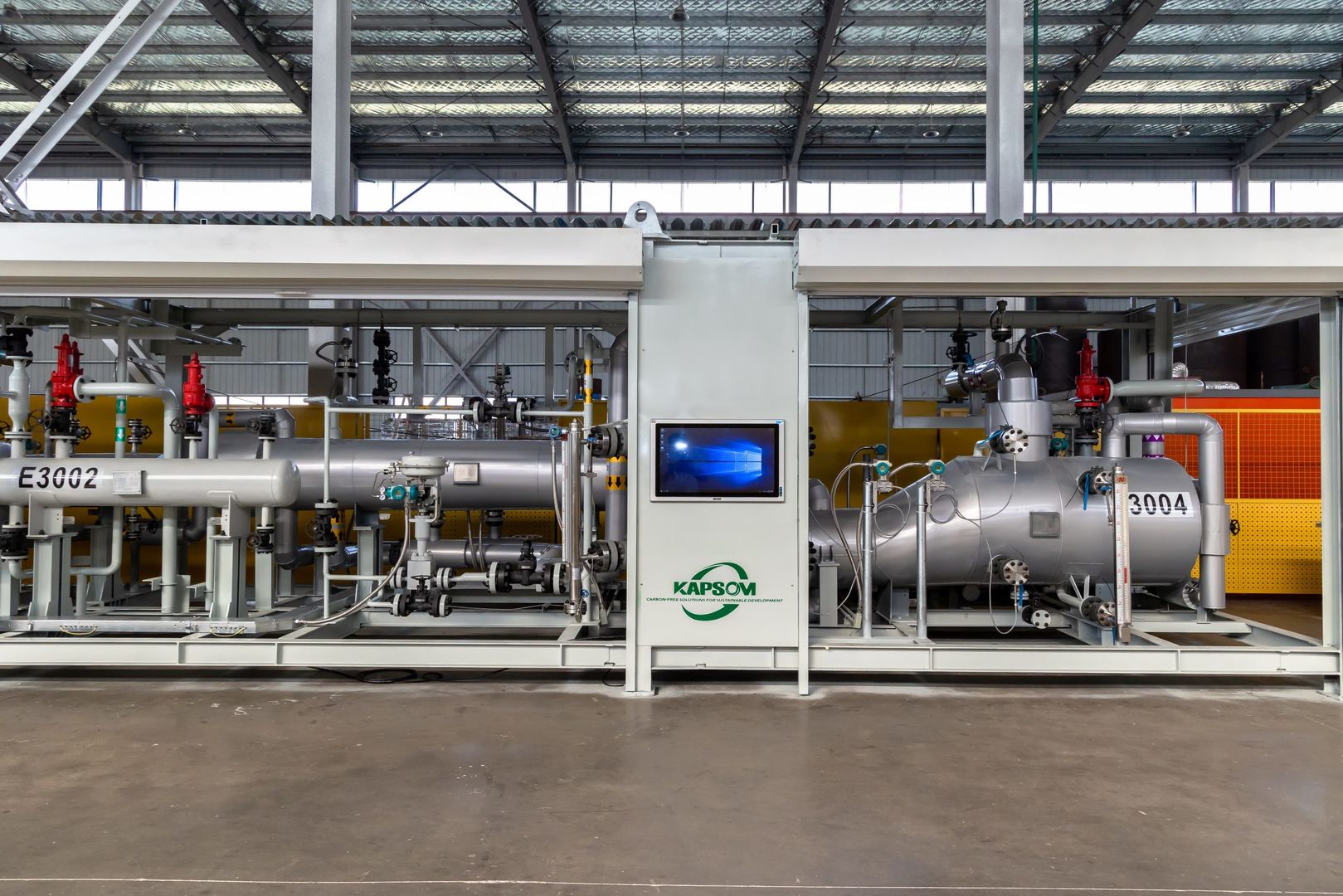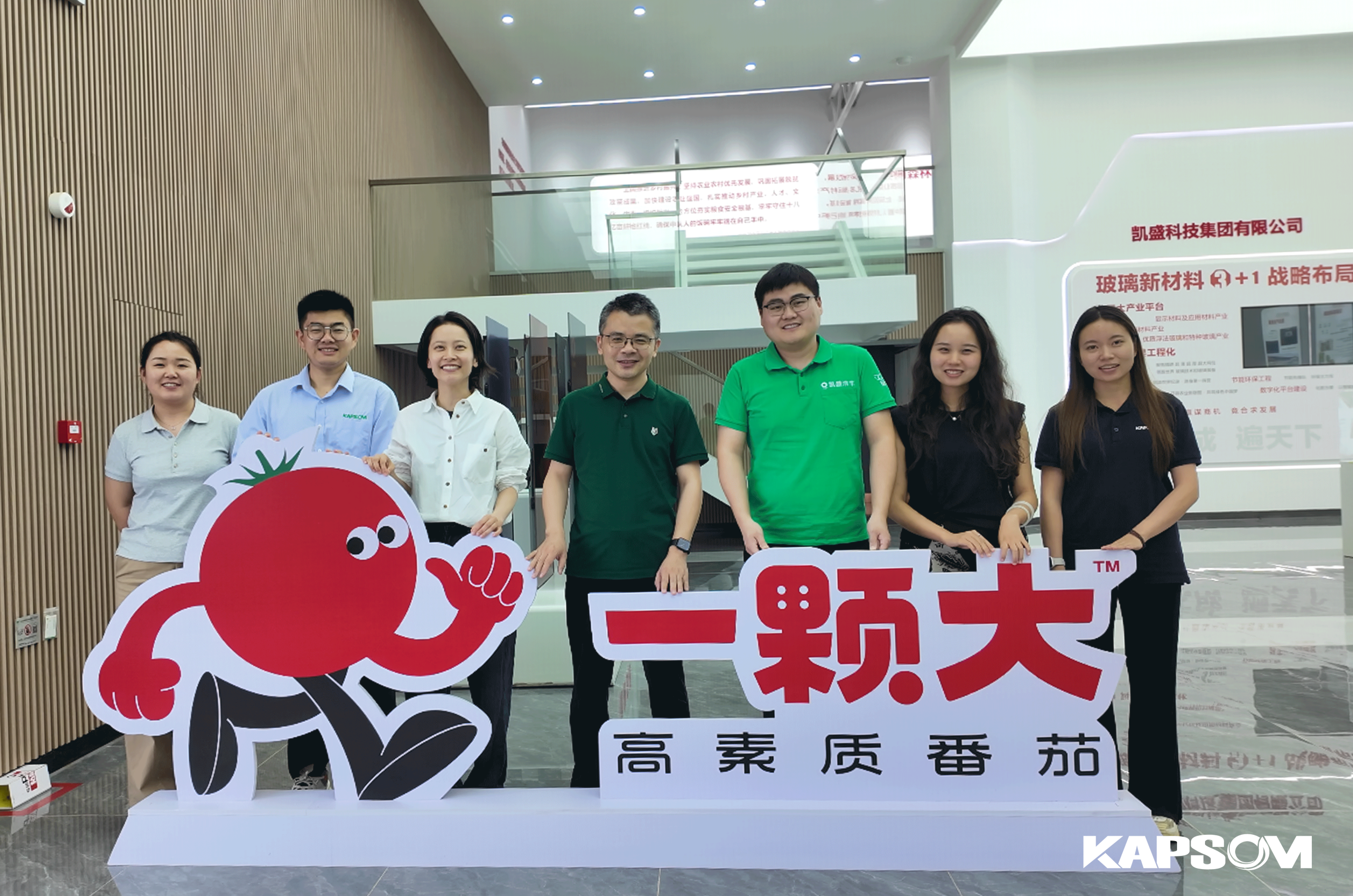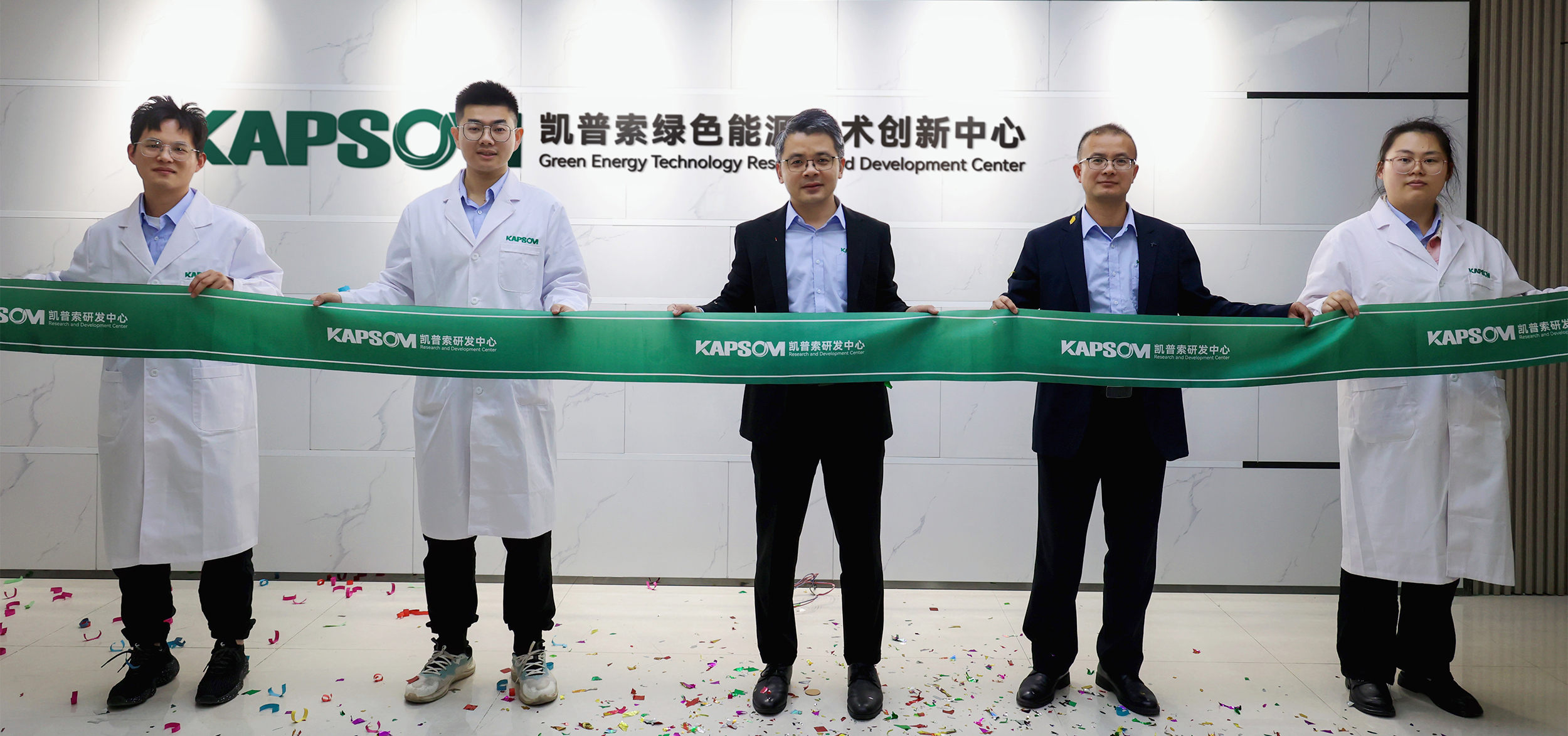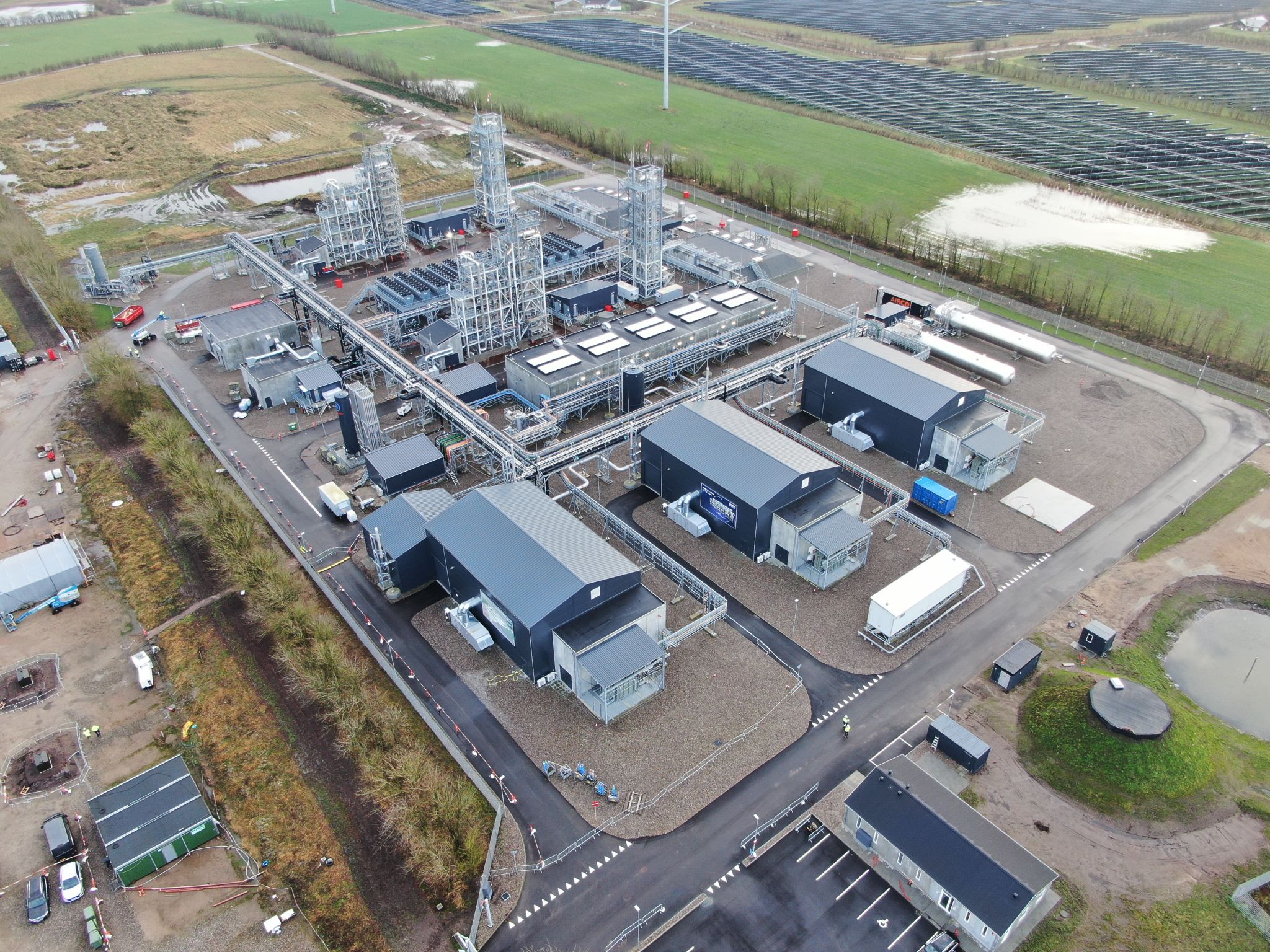The First 2,000 TPA Green Ammonia Pilot Project in South America
In October 2023, South America’s first green ammonia plant with an annual output of 2,000 tons, undertaken by KAPSOM, was completed and ready for shipment. As the first green ammonia demonstration project in the region, it is of great significance to Colombia and South America.

Abundant Natural Resources
The pilot project is located in the northwestern region of Colombia in South America, where there is abundant local water resources. The region’s topography and abundant rainfall provide favorable conditions for the development of hydroelectric power, with significant potential for renewable energy. According to statistics, clean energy accounts for a very high proportion in Colombia’s energy structure, and hydropower accounts for about 70% of the country’s energy supply.
To diversify its energy structure and ensure energy security, Colombia plans to invest approximately $290 million annually in its energy system from 2015 to 2050, further enriching its energy portfolio. In addition to hydropower resources, the country is also actively developing wind and solar energy. As one of the regions with the richest wind resources in South America, the Colombian region has 21 GW of wind power potential along the Atlantic coast alone. The wind level in the northern offshore Guajira can reach level 7, with wind speeds exceeding 10 meters per second, sufficient sunlight, and an average daily radiation rate of 6 kilowatt hours/square meter.
Additionally, Colombia is the only South American country with coastlines along both the Caribbean Sea and the Pacific Ocean. Its maritime territory covers an area of 9.2866 million square kilometers, making it strategically located near the Pacific and Atlantic Oceans, as well as the Panama Canal, facilitating energy transportation.

Solving the Problem of Hydrogen Storage and Transportation
Transportation is a typically polluting industry. In fact, according to data from the World Bank, it accounts for approximately one-quarter of total energy-related carbon emissions, imposing significant pressure for carbon reduction. In the case of Colombia, 12% of the country’s greenhouse gas emissions come from this industry.
Colombia aims to achieve carbon neutrality by 2050, utilizing its nationally determined contributions to reach this target, with plans to achieve over half of the net-zero emissions process by 2030. To support national carbon neutrality goals and decarbonize the transportation industry, the country is vigorously developing green hydrogen, expanding the hydrogen industry, and extending the hydrogen value chain for end-use consumption.
This project is a strong verification that green ammonia can break through the bottleneck of green hydrogen storage and transportation. The advantage of ammonia being easier to liquefy, store and transport can solve the “long tail” dilemma of hydrogen energy such as low cost, long-distance transportation and single hydrogen energy. Moreover, this project reduces carbon emissions by 6,400 tons compared to traditional coal-based ammonia synthesis and 3,600 tons compared to natural gas-based ammonia synthesis during the production process. As the first green ammonia project in the region, it holds significant importance for Colombia and South America at large.

Ammonia, as another strategically valuable clean energy source, offers a fresh option for rapidly adjusting energy structures and accelerating the carbon-neutral process. KAPSOM is honored to work with leading companies in various regions around the world to verify that current synthetic ammonia is one of the most effective means to transform green electricity into zero-carbon fuel through project after project.






